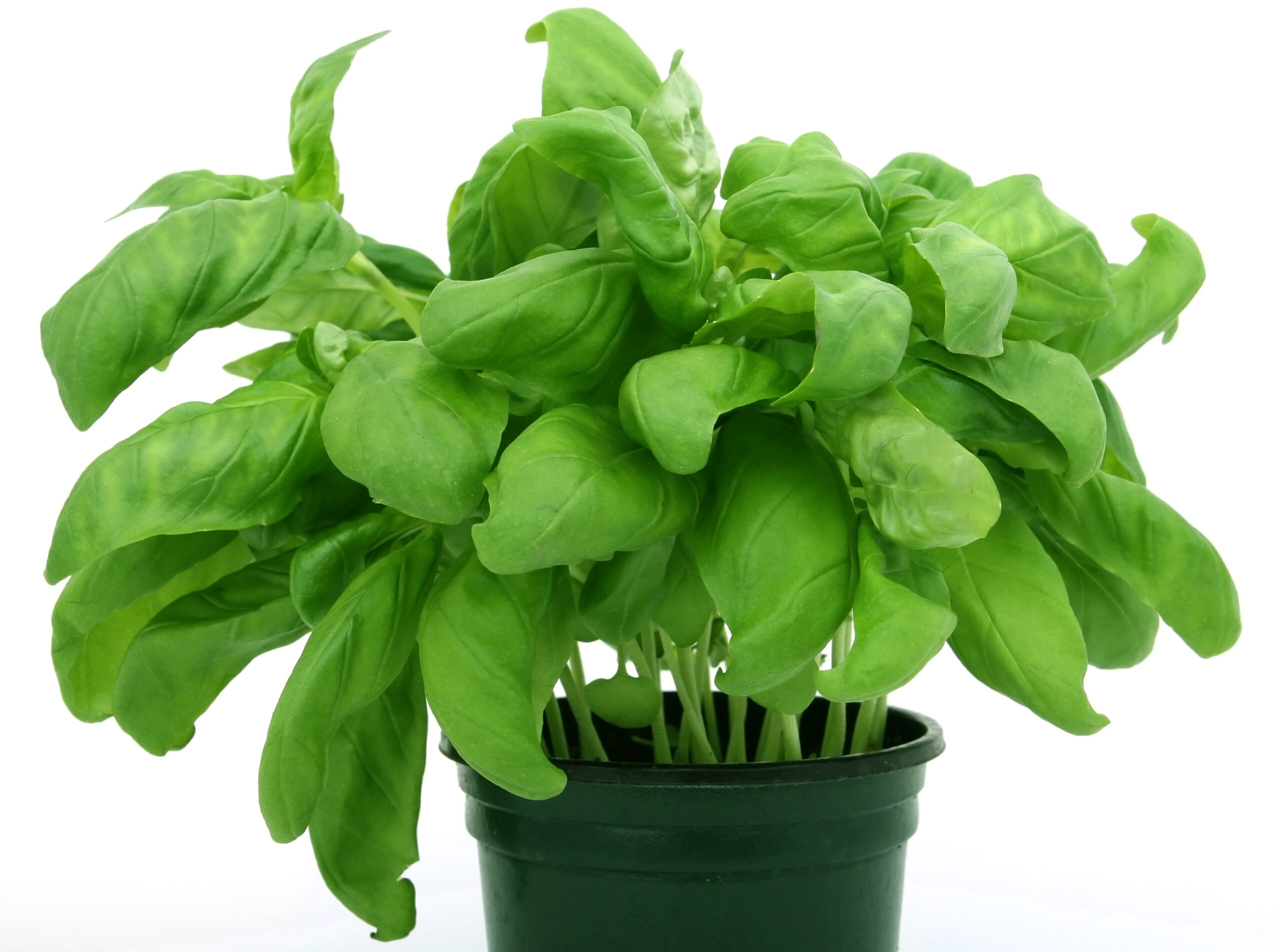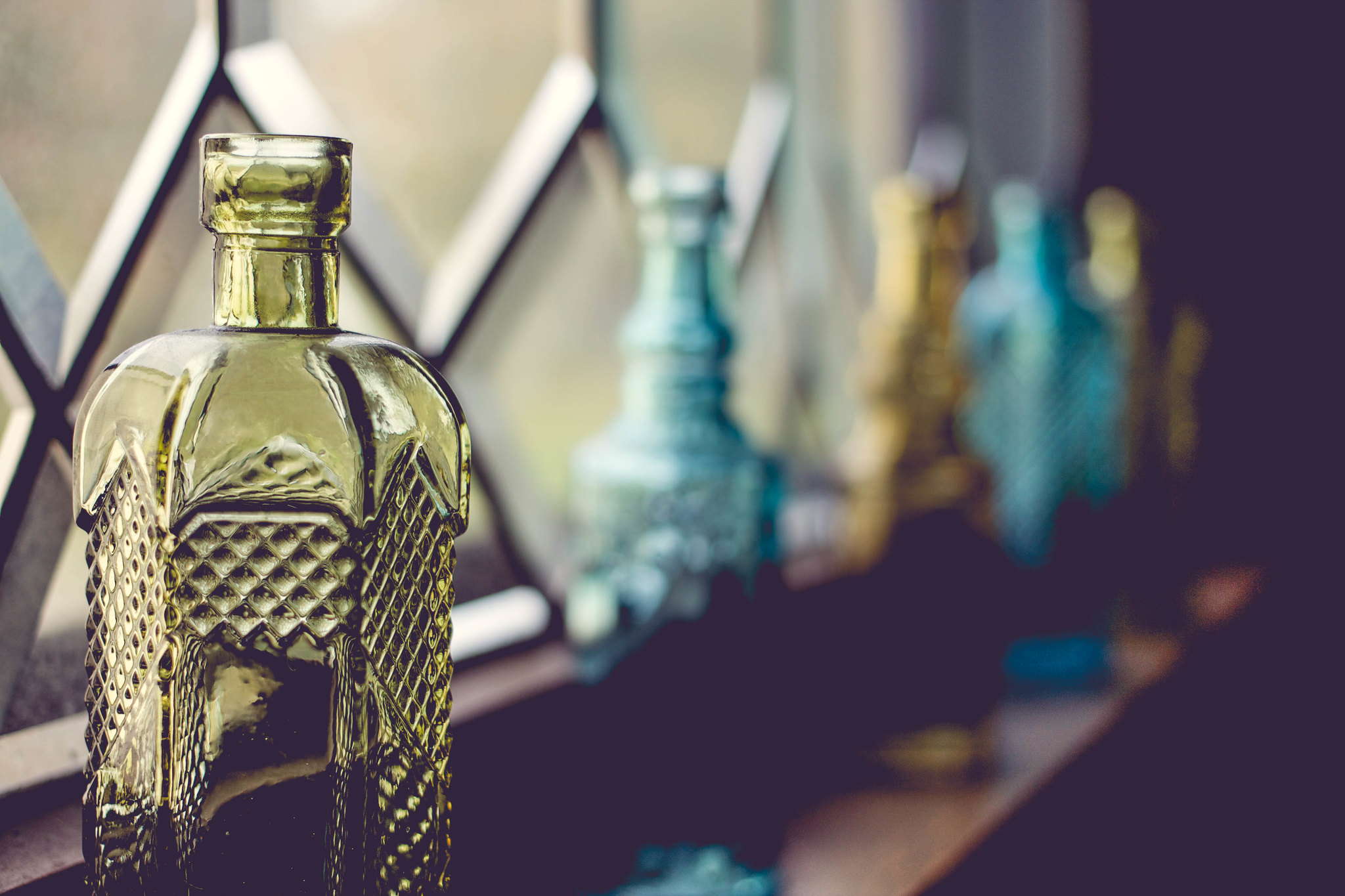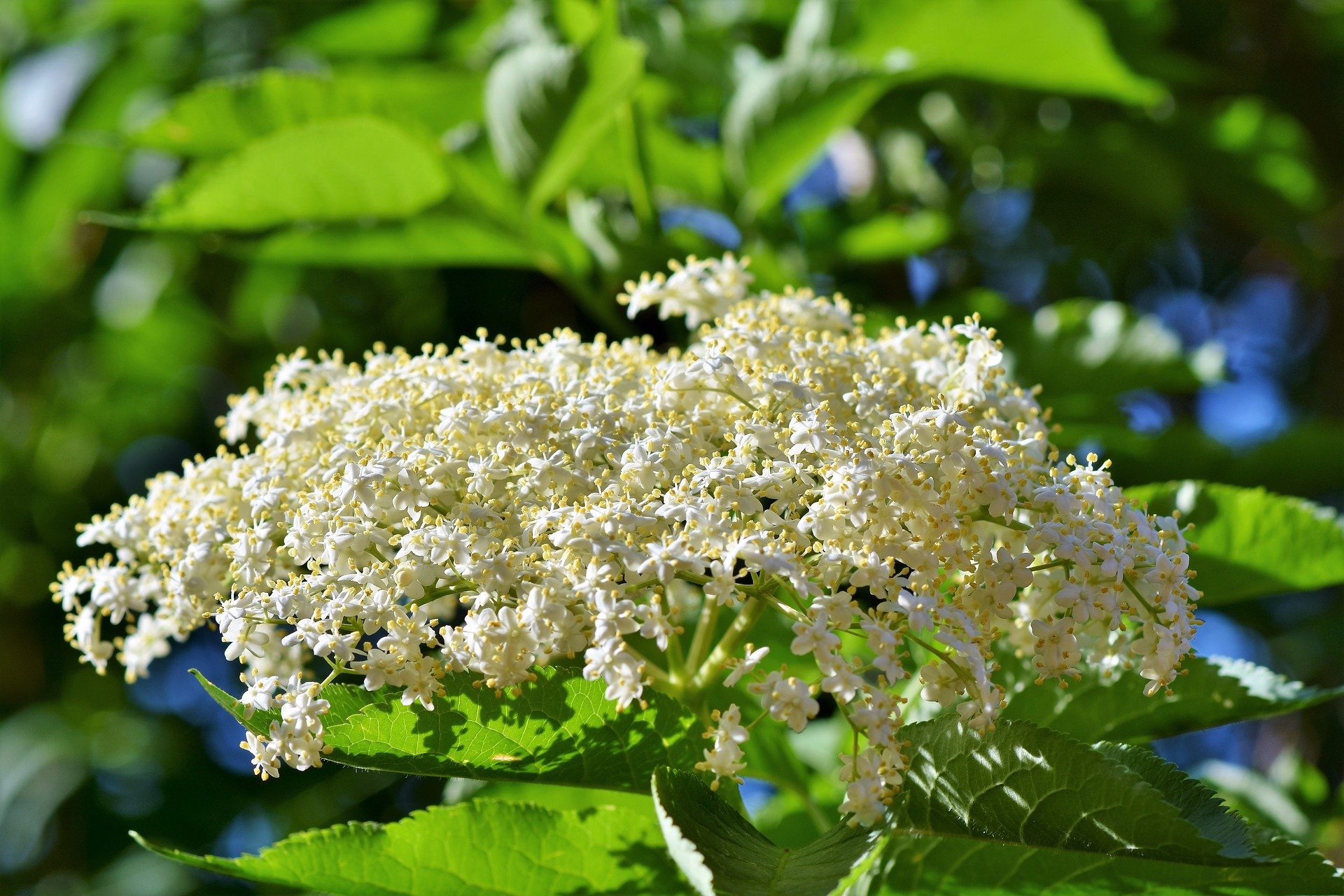A spring lockdown is a great time to do some simple and clever home spring greening.
There’s likely to be more time to cook, clean, learn and teach new skills – and pick through precious plastic, glass and paper recycling for discarded treasure to reuse around the home.
Here are over 30 ideas from Greenpeace staff and supporters to inspire you to to reduce, reuse and recycle. While they won’t add up to a radical green-home reboot (like changing energy suppliers or insulating the roof) these small actions can make a huge difference for many years – and even generations – to come.
KITCHEN
Many of us on lockdown have more time at home, less spare cash and are restricted to supermarket “essentials”. But there are still loads of exciting things to do in the kitchen, even when working with rationed ingredients or reduced rubbish collections.
Find joy in the many uses for old glass jars
Old jars make great storage for anything in the kitchen, and as they’re liquid-tight, create an easy way to shake a quick salad dressing. Taller jars make good vases, and you can use them to store pens, makeup brushes, candle holders – the list is almost endless. After a thorough clean and soak, remove the stubborn sticky label residue with vegetable oil and a scouring sponge.
Reuse food scraps
Re-grow veg by planting lettuce hearts, potatoes, sweet potatoes and ginger. Many things can be sprouted and then potted, like the avocado stone (up next), but check online to find the best approach for your arrangement. If you’re fortunate enough to have some outside space – even just a windowsill that could (securely!) hold a container or two – you can grow food at home.
Don’t throw out skins and offcuts from berries, apples or cucumber either – use them to flavour water or blend in a smoothie.
Grow your own avocado tree
Save and plant your food scraps – especially avocado stones. Suspend them with four half-toothpicks over a jarful of water (which you’ll need to keep topping up) in a sunny place and watch the magic happen. The stone will split, things will look really messy for a while, but new life will emerge! (Yes it’s definitely a poignant process, and you will become obsessed with watching it.)
Repot supermarket herbs to extend their life
Those lush potted growing herbs you can buy at the supermarket are packed with multiple plants in one pot, meaning they struggle to all survive as they’re all vying for nutrients and light. Wet the soil of the growing herbs, pull them out of their pot and tease them apart very gently before repotting them across the two or three more pots, and top up with some peat-free compost, to give them room to thrive.

Make your own stock
Use vegetable scraps to make stock. Keep a resealable bag in the freezer with offcuts of carrots, leeks, celery, onions, mushrooms and any wilted green veg, and when it’s full, boil it. Certain veg don’t make good stock (potatoes, courgettes, green beans, beetroot) so avoid storing them, and avoid using garlic and salt to make sure the resulting stock is versatile – you can always add it later.
Lockdown bake off
It’s a really great time to start learning the basic food prep behind a successful move over to a nutritious plant-based diet. In fact, with more time in the kitchen you can make a plan to cook and bake without any mysterious additives or allergens.
A lockdown baking session is one way to start as you mean to go on – and even if you’re not going sugar, gluten or dairy free, there are loads of great recipes for when you have a limited set of ingredients.
Make plastic-free cleaning products
If you have some basic ingredients (white vinegar, lemons, essential oils, bicarbonate of soda, boiled water), why not search the many, many resources online to find out what you can make?
Think before chucking empties and keep plastic spray bottles to refill, or just the spray heads. Often plastic-bottle spray heads can be fitted on to screw-top glass bottles to create aesthetically-pleasing and (nearly) plastic-free refillables for homemade cleaning potions.
BATHROOM
If cleaning the bathroom is your least favourite thing to do, you’re in good company. Set up a special bathroom cleaning materials bucket, so you can make it super simple. Suggested ingredients: rubber gloves, limescale spray, glass spray (make your own with vinegar) and newspaper.
Newspaper for glass and mirrors
For some reason, old newspapers are the top material for wiping off glass sprayed with glass cleaner (such as mirrors, shower screens and windows) – leaving them totally streak free, and without a dusty residue.
Don’t throw in the towel
Old towels are immensely reusable – they can become washable, reusable facial pads, cleaning towels, bathmats, reusable nappy or pantyliner filler material. They will fray when cut, so use a sewing machine or even hand sew the edges if you don’t want too rugged an edge on your creation.
Green your period
For green-minded ladies, there are a few cool ways to start greening your monthly menses. Explore silicon cups instead of tampons, or find a simple sewing pattern for washable pantyliners. Have a search online, but know that these can be made with layers of jazzy fabric, more towel offcuts, old waterproofs or tent material, with a flat plastic popper button that could itself be recycled from an old duvet cover.
LIVING ROOM
A cosy, well-ordered living room is essential when we must spend all this time at home. In a home without children (or with ledges high enough they can’t reach) the living room can be made into a beautiful sanctuary.
Glass bottles as light reflecting features
Glass bottles that once held anything – beer, wine, gin, oil – reflect the light beautifully and with the addition of fairy lights or a candle stick can make attractive light features. Get labels off with any vegetable oil after a good soak in warm water.
If you have a spare window ledge or similar, blue-tack the bottles down and watch your makeshift stained-glass window come to life.

Make paper lanterns or stick candles in glass jars
It might not feel like the time for candles but even spring and summer evenings benefit from a tea light or two to create atmosphere. Make paper lanterns from whatever you can find. Paint old glass jars, cover them in coloured tissue paper, or use permanent markers or use whiteboard markers for ever-changing stained-glass effect designs.
Make a pinboard out of old wine corks
It might take a while to get to the size you need (and a lot of wine that comes in bottles with real corks), but cherish each cork you come across and you’ll have a pinboard in no time. You can slice corks into rounds to glue on a backing board for greater coverage.
BEDROOM
Not being able to go out is a real downer for the fashion-forward. But this strange pause is perfect for slowing our pace of consumption down – and this is such an important lesson for the fashion industry. There are many ways to get ready for a new era of consciously clothing ourselves, no sewing skills necessary! (But you can learn some sewing skills if you want to and have the basic materials.)
Green your wardrobe
Fast fashion is a disaster for the planet, and yet all our wardrobes are stuffed with it. It’s a great time to quit fast fashion – as all the stores are closed anyway – but also to get organised and understand your clothes. Read labels, make a pledge to buy, for example, only one new item a month in future. Learn about and look for durable, quality clothing, prioritising plant-based materials and organic cotton, and wash anything polyester in a bag or with a ball that filters microplastics.
Learn to fold like Marie Kondo
Trips to the charity shop (to buy or donate) are out for now, so learning to love our clothes that we already own is key here. Learning to lovingly fold and store your clothes like organiser extraordinaire Marie Kondo will make your clothes last longer, and help you understand and appreciate them more. Bonus points if you can teach your children to do it too (and yes Marie Kondo’s children know her method, and it’s adorable).
Repurpose old t-shirts
Stained and warped t-shirts don’t have to be thrown away – they can live out their days as cotton rag dusters and cleaning cloths, or the smooth sides of those facial pads above.
Unwanted but still wearable piece of clothing can be customised with a pocket patch (great for logo tees), tie-dying with food colouring – or some cool hand embroidery.
Be lockdown’s next top model
We’re all guilty of hiding our most spectacular occasionwear right at the back of the wardrobe. It lies forgotten and tempts us to the shops for more consumption. With shopping cancelled, it’s time to get out your old classics for a fashion shoot. Choose a theme. Style yourself and those who live in your house. Post your greatest looks on Instagram and get ready to be the next in fashion.
Make armpit guards for your fancy clothes
If you have dresses, suits and shirts that generally require dry cleaning or are too delicate or to throw in the washing machine, try making some armpit guards or dress shields that’ll help keep them fresher for longer. No sewing machine? Washable bra or bikini inserts, or even unused shoulderpads, might do the trick.
CHILDREN’S PLAYROOM
Now’s a great time to drag Blue Peter or Art Attack into the twenty-first century by diving into your recycling with your children. Teach them how to sort and clean, and why not explain to them why you want to keep glass jars or cleaning spray bottles? Creating cleaning products could even become a chemistry lesson down the line.
No playroom? Build a partitioning wall
Or at least, start by making the Ecobricks. Fill plastic bottles with unrecyclable wrappers such as crisps, biscuits, nasty plastic bags/cellophane. Don’t forget to wash and dry the plastic before stuffing it in the bottle!
Get in the craft zone
Arrange a “craft zone” using those pesky bags for life or other unrecyclable packaging (jiffy bags that can’t be recycled work well) to store materials and label them. Collapse cardboard boxes, fold wrapping paper for reuse, keep magazines to cut out letters and any interesting packaging and give your little ones a tour of their new supplies.
Precious plastic
There are so many possibilities out there, but if you’re not sure where to start, Google your rubbish and idea (green plastic bottle tree, anyone?) or browse crafty reuse ideas on sites like Pinterest. This is a great time to show your children the potential reuse value of everything that comes into the home, too, making little recyclers of them in no time.

Handy wallets from wax cartons
For older children and teenagers who might want to actually make something they can use: old milk cartons can be made into wallets. They can also of course be decorated and then “laminated” with clear tape so that the original design is hidden.
HOUSEPLANTS & OUTDOORS
No matter what space you have, there’s always room for more plants. While it might be hard to fill the house with happy-making, air-purifying houseplants right now, there are so many great ideas to take you from grey-wintered to green-fingered in no time.
Let it grow! Let it grow!
If you have seeds, plant them! Making origami boxes out of old newspapers to plant seedlings in so that once they’re ready to be transferred outside they can be plopped, biodegradable box included, into the soil. Egg boxes work well too, if you’re of an eggy disposition.
Make your own compost
For those with a bit of outside space, and some basic spare materials from plastic buckets to cardboard boxes, here are 35 cheap and easy ways to make a DIY compost heap for your garden.
Plant your avocado tree
Plant your jar-grown kitchen miracle in a pot and again keep in a sunny spot to enjoy your free plant. No garden required! If you do have a garden, again go for a sunny spot, but don’t be disappointed when you don’t get new avocados – it’s just not hot enough in the UK.
Foraging season upcoming
Not long now until the bushes and verges will burst with seasonal wild foods. Depending on where you are – and if the restrictions allow – you might be able to pick elderflowers and wild garlic soon. If you can’t go foraging, you can at least learn new recipes for preserving such seasonal foods to make the best of local produce all year round.
Picking elderflower ready in May or June makes for great drinks for the whole summer: make batches of wonderful elderflower cordial or champagne (mind the powerful fizz!) – for which rescued glass, swingtop and plastic bottles are very useful.

An elderflower head in full bloom.
A lot of what you’ve read above centres around the idea that much of what is thrown away can be reused. This is a good time to think about how we can become much more circular in our use of everything – from old towels to empty containers to food scraps.
Enjoy the process and don’t be too hard on yourself – this is not the time for perfectionism!
These extraordinary times are undoubtedly causing a lot of stress, grief and worry. But they may also provide pause, to contemplate and implement new ideas and habits – particularly about what we purchase and how we use and reuse resources that inevitably end up in our home, particularly like plastic, glass, packaging or paper.
Thanks to everyone who shared their ideas and tips for this article! Tried any of these actions, or know any better ones? Tag @greenpeaceuk on Instagram with pictures of your lockdown tips and triumphs.



